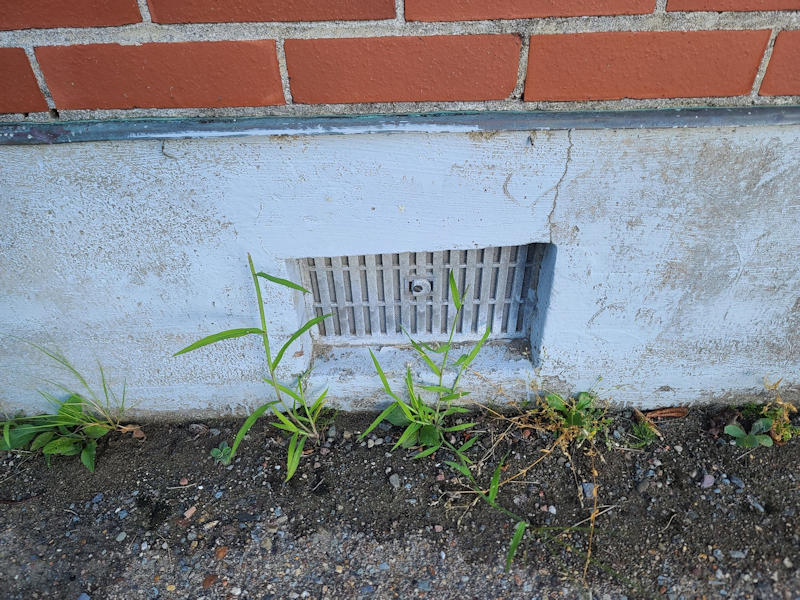The last time you entered your crawlspace, you noticed the air felt moist. Now, you’re thinking that your crawl space should have ventilation.
The reality is, 50% of your upstairs air comes from what’s below — including your crawl space’s humid air, mold spores, and musty smells. But crawl space ventilation may actually contribute to these problems rather than prevent them.
In light of this, crawl space ventilation isn’t generally a good idea. Here’s a rundown on the cons of this option and why crawl space encapsulation is a better one.
Let’s jump in!
Crawl Space Ventilation: What Is It?
Ventilating a crawl space involves adding vents to the space to allow air to flow in. The vents act like windows.
Building codes historically required vents to be installed in crawl spaces. The thinking was that opening vents could reduce moisture in crawl spaces. However, this thinking has since changed.
Why Don’t Crawl Spaces Need Ventilation?
These days, the following consensus has been reached about crawl space ventilation: Ventilation is unnecessary and can increase your crawl space’s moisture levels.
Here’s why.
When a crawl space vent is open, it will allow moist, warm air to come into your house. This air will then condense on your crawl space’s cooler surfaces and create moisture.
Unfortunately, a moist, humid crawl space promotes the growth of mold and wood rot. It can also attract pests that eat wood, like termites.
Moisture in your crawl space may additionally cause the space’s insulation to become wet. As a result, the insulation may fall. This will, in turn, cause your home’s floors to feel cold in the winter.
Why Crawl Space Encapsulation Is Better
Encapsulation involves sealing your crawl space’s vents as well as covering the space’s walls and floor with a thick vapor barrier made of plastic.
Compared with ventilation, this process is more effective at removing humidity from your crawl space. As a result, it can help with eliminating existing mold and preventing new mold from growing in your crawl space.
The removal of humidity can also keep your heating, ventilation, and air conditioning system from having to work so hard. This means less energy will be needed to achieve your desired ambient temperature.
Encapsulation will furthermore remove bad odors from your crawl space, therefore improving your air’s overall quality.
How We Can Help You to Create a Healthy Crawl Space
Crawl space ventilation can unfortunately increase your crawl space’s moisture levels. For this reason, it is better to turn to crawl space encapsulation instead to prevent crawl space mold growth and wood rot.
Fortunately, at Planet Friendly Pest Control, we take pride in offering top-tier crawl space remediation services, which include encapsulation. This process involves several steps, such as disinfection, re-insulation, and odor elimination.
Get in touch with us to learn more about our services, and schedule an appointment today!
NEED HELP?
If you live in Southern Maryland, or Northern Virginia
FIND YOUR SOLUTION HERE
People, Pet & Pollinator Safe! Pest control for people who care.
